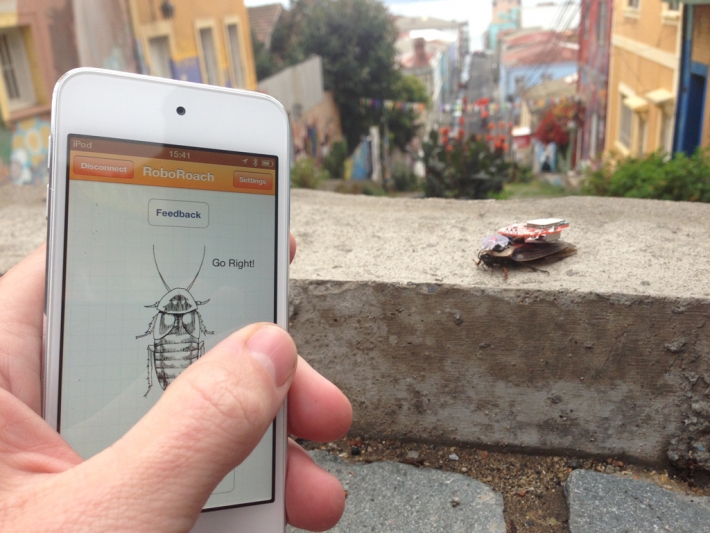Since their debut 13 years ago, in-car night-vision systems, which
identify pedestrians approaching a roadway, have arguably made driving
safer. But they come with a pretty big blind spot: animals. Each year,
drivers in the U.S. strike about a million deer, causing 27,000 human
injuries and $3.5 billion in damage. This fall, Swedish safety-system
company Autoliv and Mercedes-Benz will roll out Night View Assist Plus
on the 2014 S-Class. The system identifies people but also picks out
cows, moose, horses, deer, camels, and even wild boar.
One reason the upgrade took five years is that recognizing animals is
much more difficult than recognizing people. Species vary widely in size
and shape, have profiles that change drastically when they turn, and
move differently. (Humans, by comparison, have more or less the same
shape and move in the same way.) To train the system, Autoliv cataloged
thousands of animals across five continents.
Night View Assist Plus merges data from two cameras to create an
illuminated view of what’s ahead. When an animal or pedestrian nears a
roadway, the system highlights it on an in-dash display, and, if danger
is imminent, sounds an alarm and pre-charges the car’s brakes. There’s
one feature U.S. regulators have yet to approve, though: In the European
version, a spotlight shines a tracking beam onto live obstacles in the
road, making them almost impossible to miss.
By Lawrence Ulrich
http://www.popsci.com/technology/article/2013-08/infrared-car-system-spots-wildlife





